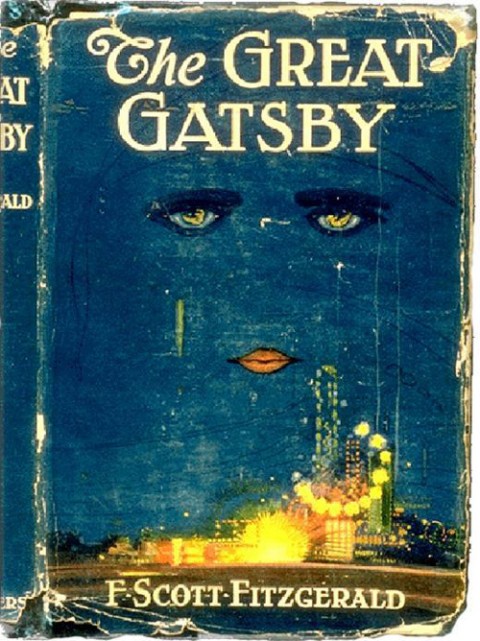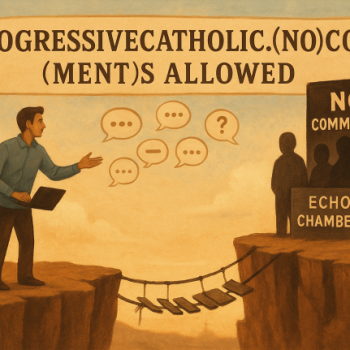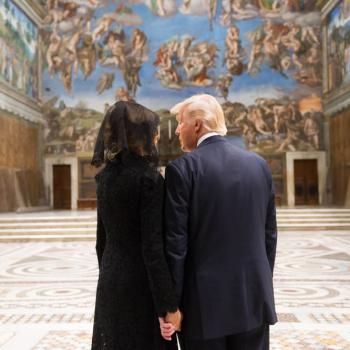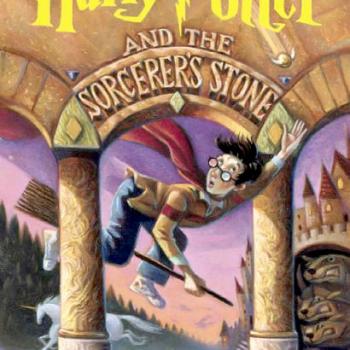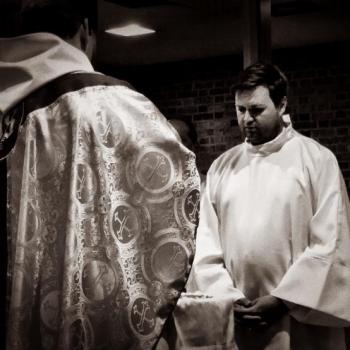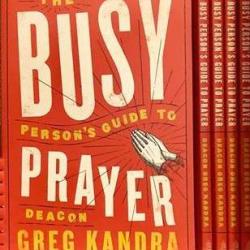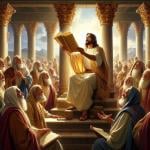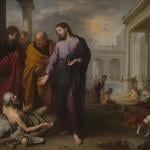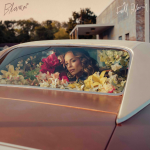From the canny mind of Fr. Robert Barron:
Fitzgerald saw that, given the breakdown of traditional morality and the marginalization of God, many people in the postwar West simply surrendered themselves to wealth and pleasure. Commitment, marriage, sexual responsibility, and the cultivation of a spiritual life were seen as, at best, holdovers from the Victorian age, and at worst, the enemies of progress and pleasure. Gatsby’s parties were, we might say, the liturgies of the new religion of sensuality and materiality, frenzied dances around the golden calf. And despite his reputation as a hard-drinking sensualist, Fitzgerald, in The Great Gatsby, was as uncompromising and morally clear-eyed as an evangelical preacher. He tells us that the displacement of God by wealth and pleasure leads, by a short route, to the corroding of the soul.
There is a burnt-out and economically depressed city that lies on Long Island in between West Egg and Manhattan, and the main characters of The Great Gatsby pass through it frequently. In fact, one of Tom Buchanan’s mistresses lives there. Fitzgerald is undoubtedly using it to symbolize the dark under-belly of the Roaring Twenties, the economic detritus of all of that conspicuous consumption. But he also uses it to make a religious point. For just off the main road, there are the remains of a billboard advertising a local ophthalmologist. All we can see are two bespectacled eyes, but they hover over the comings and goings of all the lost souls in the story. Like all symbols in great literary works, this one is multivalent, but I think it’s fairly clear that Scott Fitzgerald wanted it, at least in part, to stand for the providential gaze of God. Though he has been pushed to the side and treated with disrespect, God still watches, and his moral judgment is still operative.
It’s a sermon still worth hearing.
Meantime, an interesting footnote about that famous, often-analyzed billboard with the giant eyes:
The cover of The Great Gatsby is among the most celebrated pieces of art in American literature. It depicts disembodied eyes and a mouth over a blue skyline, with images of naked women reflected in the irises. A little-known artist named Francis Cugat was commissioned to illustrate the book while Fitzgerald was in the midst of writing it. The cover was completed before the novel; Fitzgerald was so enamored with it that he told his publisher he had “written it into” the novel. Fitzgerald’s remarks about incorporating the painting into the novel led to the interpretation that the eyes are reminiscent of those of Dr. T. J. Eckleburg (the novel’s erstwhile optometrist, depicted on a faded commercial billboard near George Wilson’s auto repair shop) which Fitzgerald described as “blue and gigantic — their retinas are one yard high. They look out of no face, but instead, from a pair of enormous yellow spectacles which pass over a non-existent nose.” Although this passage has some resemblance to the painting, a closer explanation can be found in the description of Daisy Buchanan as the “girl whose disembodied face floated along the dark cornices and blinding signs.” Ernest Hemingway wrote in A Moveable Feast that when Fitzgerald lent him a copy of The Great Gatsby to read, he immediately disliked the cover, but “Scott told me not to be put off by it, that it had to do with a billboard along a highway in Long Island that was important in the story. He said he had liked the jacket and now he didn’t like it.”

